In late March, the Trump Administration deployed hundreds of military personnel and armored equipment to Big Bend National Park. This park shares 118 miles of border with Mexico and contains the Boquillas Border Crossing to process legal border crossings. The Border Patrol's Big Bend Sector experiences significantly fewer border crossings compared to other areas along the U.S.-Mexico border. In February, Customs and Border Protection reported approximately 165 migrant encounters in Big Bend, compared to 1,679 in Laredo and 2,623 in El Paso during the same period. That month, apprehensions of undocumented immigrants across the southern border reached their lowest levels in decades.. Regardless of these statistics and facts, a heavy military presence is being developed in Big Bend National Park.

An initial 200 combat-trained soldiers from Fort Carson, Colorado were the first to arrive, with another 300 expected to join them. In addition to personnel, armored vehicles, including Stryker combat vehicles, Humvee-style tactical vehicles, fuel trucks and other support equipment. The vehicles have detection technology and are expected to support federal agents as the troops are primarily focused on surveillance and detection.
The move prompted outrage from the Sierra Club, an environmental organization, calling it “a waste of taxpayer dollars and a political stunt.”
In addition to putting troops in a low traffic area for migrant crossings, the heavy equipment and troop concentrations further stress an already stressed environment where vegetation and animal species are highly vulnerable to human-related activity and impacts, including air pollution, climbing temperatures, drought and fires. Research efforts already have demonstrated dramatic increases in tree mortality within the Skyland Forest, a unique ecosystem within the Park. Big Bend has seen a significant influx of tourist visitor traffic, up 50% between 2016 and 2024, and now experiences over 500,000 visitors per year. It is the most visited park in Texas.
What is unknown, and what concerns some national park advocates, is whether the troops' movements will be governed by any agreement or memorandum of understanding and whether they'd be bound by federal environmental laws, such as the National Environmental Protect Act or the Endangered Species Act, and other Park Service regulations designed to protect park resources. According to The National Park Traveler, a House subcommittee is considering legislation that would give the Border Patrol unfettered access across official and potential wilderness in Big Bend and Organ Pipe Cactus National Monument. The legislation, proposed by U.S. Rep. Juan Ciscomani, R-Arizona, calls for nearly 600 miles of "navigable" roads to be available within 10 miles of the US-Mexico border for the Border Patrol, local law enforcement, and Defense Department usage. It also would allow authorities to construct roads, install structures, and land aircraft in official wilderness.
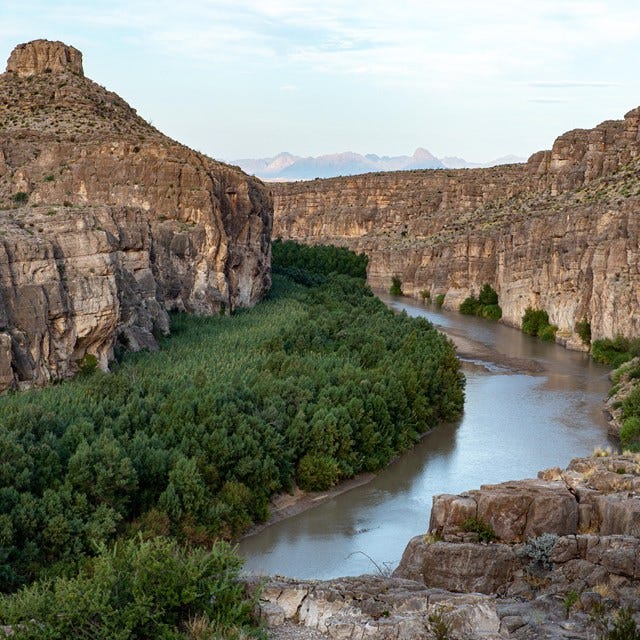
Big Bend National Park is part of the National Park System Congress established by the Act of March 1, 1872. Yellowstone National Park was the first such park, promoted by President Teddy Roosevelt. This initiative began a worldwide national park movement. Today, more than 100 nations contain some 1,200 national parks or equivalent preserves. On August 25, 1916, President Woodrow Wilson signed the act creating the National Park Service, a new federal bureau in the Department of the Interior responsible for protecting the national parks and monuments. This "Organic Act" states that "the Service thus established shall promote and regulate the use of the Federal areas known as national parks, monuments and reservations…by such means and measures as conform to the fundamental purpose of the said parks, monuments and reservations, which purpose is to conserve the scenery and the natural and historic objects and the wild life therein and to provide for the enjoyment of the same in such manner and by such means as will leave them unimpaired for the enjoyment of future generations (italics added)."
The National Park System of the United States now comprises more than 400 areas covering over 84 million acres in 50 states, the District of Columbia, American Samoa, Guam, Puerto Rico, Saipan, and the Virgin Islands. These areas are of such national significance as to justify special recognition and protection in accordance with various acts of Congress.
Today more than 20,000 National Park Service employees care for America's 428 national parks and work with communities across the nation to help preserve local history and create recreational opportunities. This national network is now under threat through cuts to staff and placing more physical stress on these protected areas. In February, the Trump Administration attempted to fire over 1,000 employees of the National Park Service across the country and block hiring of seasonal workers who support the more than 325 million visitors visiting the nation’s parks, historic sites and other areas, peaking during the warmer months of the year. These employees conduct tasks including administration, maintenance, cleaning, and educational programs. As a result, visitor centers have reduced hours, tours of popular attractions have been canceled, lines have spiraled, bathrooms may go uncleaned, habitat restoration has ceased and water has gone unchecked for toxic algae.
If you call a national park to find out whether and what impact staffing cuts will have on your impending visit, you may not get an informative answer. A directive and set of talking points have been circulated to remaining staff to respond that cuts are “workforce management actions” and to reassure visitors that changes resulting from the cuts won’t impede “memorable and meaningful experiences for all.” Additionally, staff were told not to use the word “fired” nor to attribute any closures to staffing changes. The terminations come amid staffing shortages across the National Park Service (NPS).
An NPS spokesperson said in an emailed statement that any assertion that park staff are being “silenced is flat-out wrong” and that talking points are a “basic tool” to “ensure consistent communication with the public.” Furthermore, “(W)e will not be distracted by sensationalized attacks designed to undermine that mission,” The spokesperson also criticized park staff who spoke with any reporters. “Millions of hardworking Americans deal with workplace challenges every day without resorting to politically motivated leaks,” the spokesperson said in the statement.
The Administration has reinstated about 50 NPS employees and announced it will proceed with the hiring of seasonal employees, a workforce that is essential to park operations during the busy summer season. The hiring process, however, has been delayed, which may lead to operation disruptions. And more cuts are likely coming. The Hill recently reported that the administration is considering a 30% payroll reduction for the NPS.
The cuts come as the parks are seeing increases in visitation for the first time since 2016, and hit a record in 2024. Although these data were released on the park service’s website recently, the Administration didn’t publicize that milestone with a news release as it has in the past.
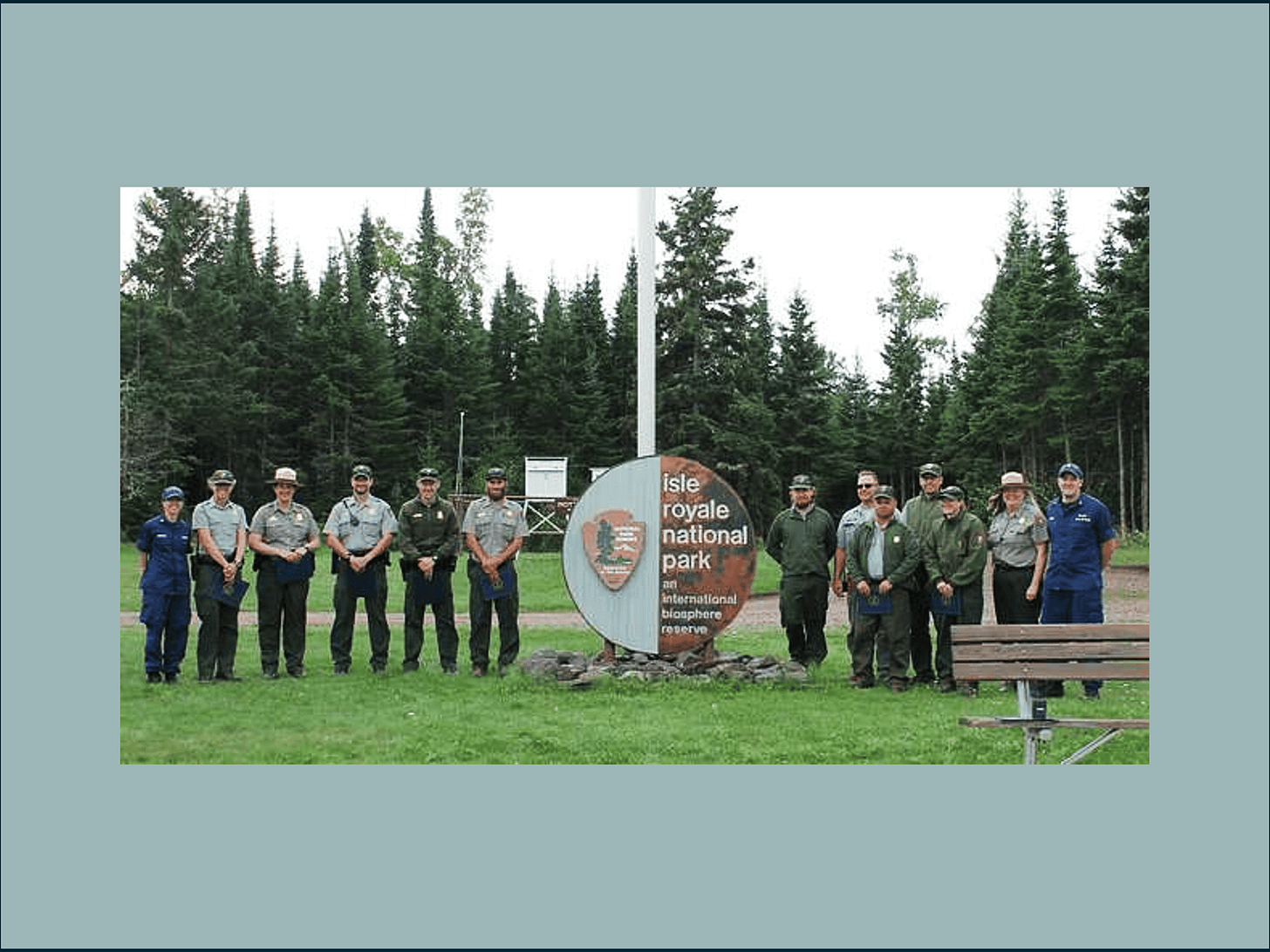
Michigan-based National Park Service workers were included in these layoffs, with over 100 seasonal workers having offers of employment rescinded. The additional hiring freeze prevented onboarding summer workers at national parks in Michigan. Although some staff might be rehired, delays will result impact visitor readiness. Lack of staff could limit services and even access to such National Parks as Sleeping Bear Dunes and Isle Royale. Sleeping Bear Dunes alone has more than one million visitors each summer, requiring 100 to 125 seasonal workers to staff. Other national parks in Michigan affected include Pictured Rocks National Lakeshore, and Apostle Islands National Lakeshore.
While no troops or tanks currently are being deployed in Michigan national parks, the ongoing and multi-pronged threat to these public treasures and their use as militarized regions, even when they are not the location of significant illegal activity, should concern us all.
What you can do:
Contact your Representative and Senators to oppose legislation increasing military authority and activity in national parks, especially if this authority supersedes and threatens the purpose for which national parks and monuments were designated. Ask them to oppose staffing and operational cuts to the National Park Service.
Learn even more about all of our gorgeous National Parks in the state of Michigan at this page on the NPS Website.
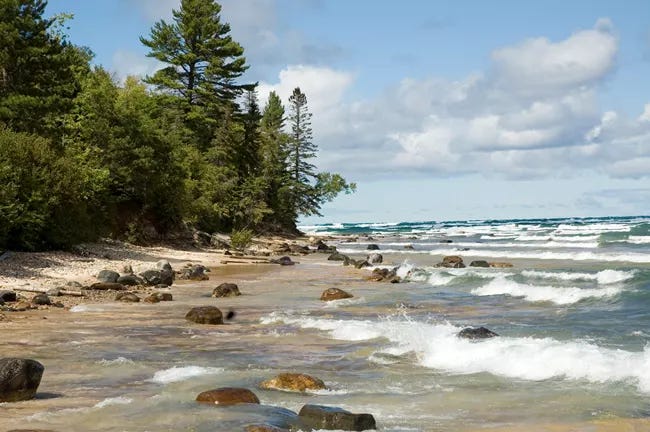
Please let us know if you find this deeper dive helpful by pressing the ❤️ button at the top or bottom of this email. You can also click on the thought-bubble icon 💬 and leave us a comment or question. Not only does the team at IGGR want your feedback but you help us make this communication better for all. Thank you for reading.


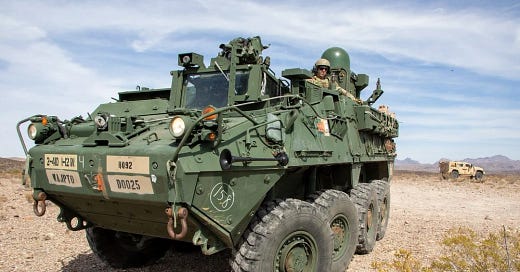



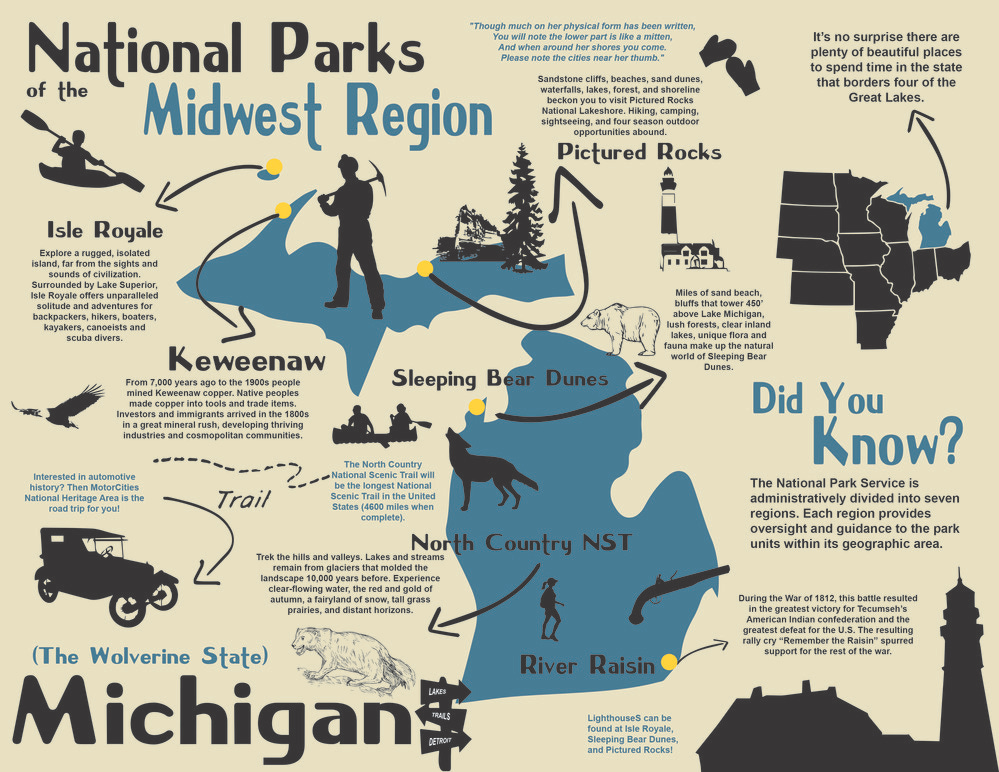
Thank you for this detailed account of what’s happening in our National Parks. As an avid visitor to our National Parks, I am deeply concerned about the impact this administration will have the Parks. I have been to Big Bend, with such a low border crossing count, there is no reason to destroy habitats with more roads and heavy military equipment.